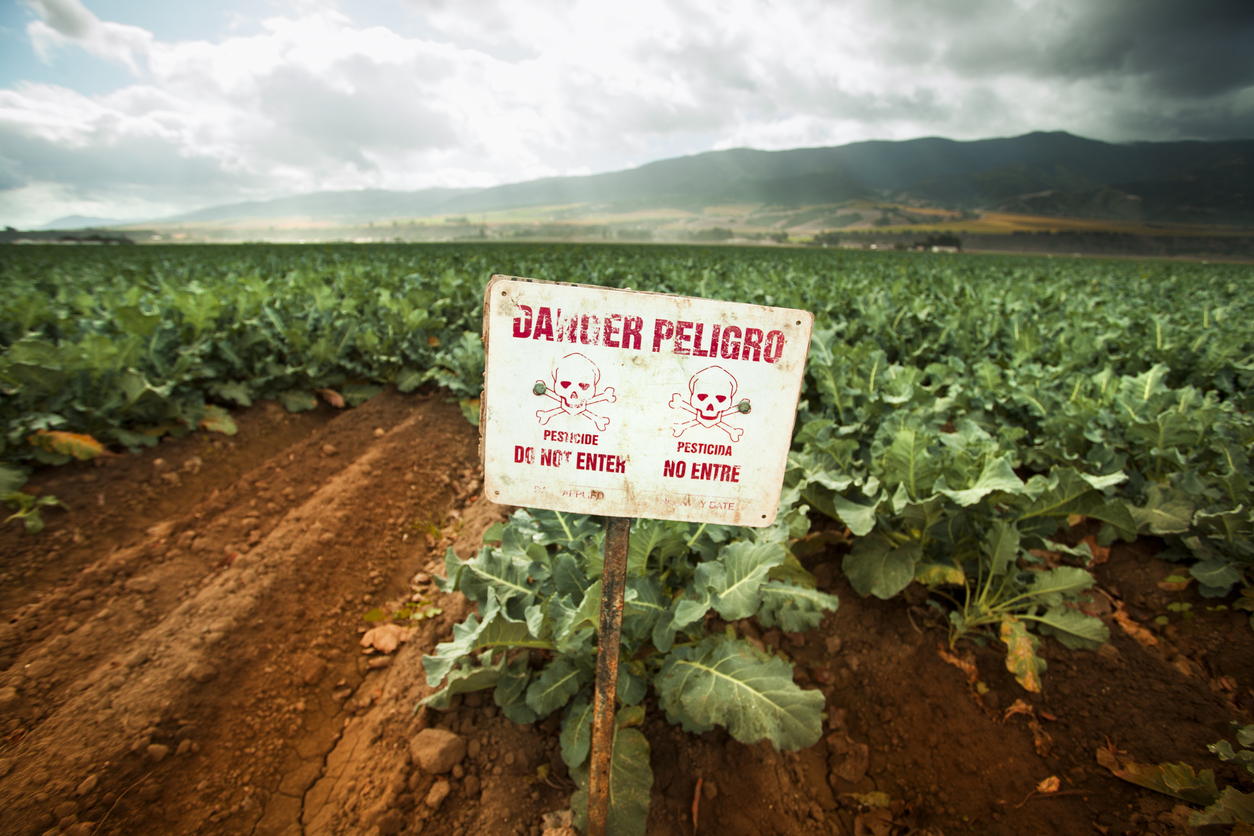Eighteen years ago, we made a family decision to stop using chemicals on our lawn and around the house. Like most in suburbia, we had a lawn service and exterminator that came to the house regularly to spray pesticides. Why stop? I came upon troubling studies that pointed to the fact that pesticides were particularly harmful to children. Why are kids more vulnerable to pesticides and other chemicals?
- Children eat more per pound of body weight than adults, which increases their possible dietary exposure to pesticides.
- Children’s organs are not fully developed until later in childhood. For example, children’s livers are immature so they are less able to remove the breakdown products of pesticides.
- Pesticide exposure during critical stages of growth during pregnancy can cause permanent neurodevelopmental damage.
- Babies and children spend more time on the ground interacting with their environment, putting their hands, toys and other objects in their mouth, which could have pesticide residues from what’s brought in on the bottom of shoes.
A commonly used pesticide, Chlorpyrifos was banned for home use in 2000.
But recently, the EPA decided to reverse a decision to ban it for commercial use, though a study at Columbia University showed that when pregnant women were exposed to the chemical, their babies were born smaller, had poorer reflexes and had a higher risk of having ADHD. (Find info from Harvard University here and in this New York Times article.
How you can reduce your family’s exposure to pesticides? “The Dirty Dozen” and the “Clean Fifteen” lists from the Environmental Working Group (EWG) have been popular “go-tos” to find out which produce is better bought organic or not. Critics of the EWGs lists remind us that the EWG use USDA data and that the amount of pesticides found still fall way below the chronic reference dose (RfD). The RfD is defined by the EPA as “an estimate… of a daily oral exposure for a chronic duration..to the human population (including sensitive subgroups) that is likely to be without an appreciable risk of deleterious effects during a lifetime.”
But the Dirty Dozen list does give us a starting point of which produce has the most pesticide residues. It’s critical to limit the pesticide exposure for children and pregnant women. I recommend taking a close look at yours and your children’s diet and look at how often foods from the Dirty Dozen list are eaten. For example, if your child is eating strawberries every day (#2 on the list this year), this would be cause to consider buying organic, if you can afford it.
Do we need to buy all organic? Or cut back on produce because organic isn’t in the budget?
Absolutely not! The health risks of not eating enough produce is linked to many chronic diseases including high blood pressure, diabetes, heart disease, digestive issues and some cancers. (Read how powerful produce is to your health here.)
Here are some other ways to decrease your overall pesticide intake (as well as reduce bacteria on produce that can cause foodborne illness):
- Consider growing some of your own. You can grow many veggies in containers on a balcony if you don’t have access to a yard. Think long term and plant a few fruit trees.
- Buy local. Not only is it good for the local economy and environment, but this will also reduce your exposure to post-harvest fungicides and other chemicals.
- Eat a variety of foods. Eating a variety will help limit the amount of certain pesticides.
- Wash your produce well–right before eating—and always start with clean hands. Use a produce brush for hard skinned fruit like apples and cantaloupe. Hard to wash veggies like strawberries, cauliflower, broccoli and leafy greens should be soaked for 1-2 minutes. There is no need to use a special produce wash, though a vinegar solution of 1 part white vinegar to 4 parts water can reduce bacteria on produce. Drying produce with a clean towel or paper towels also help to remove pesticides and bacteria.













